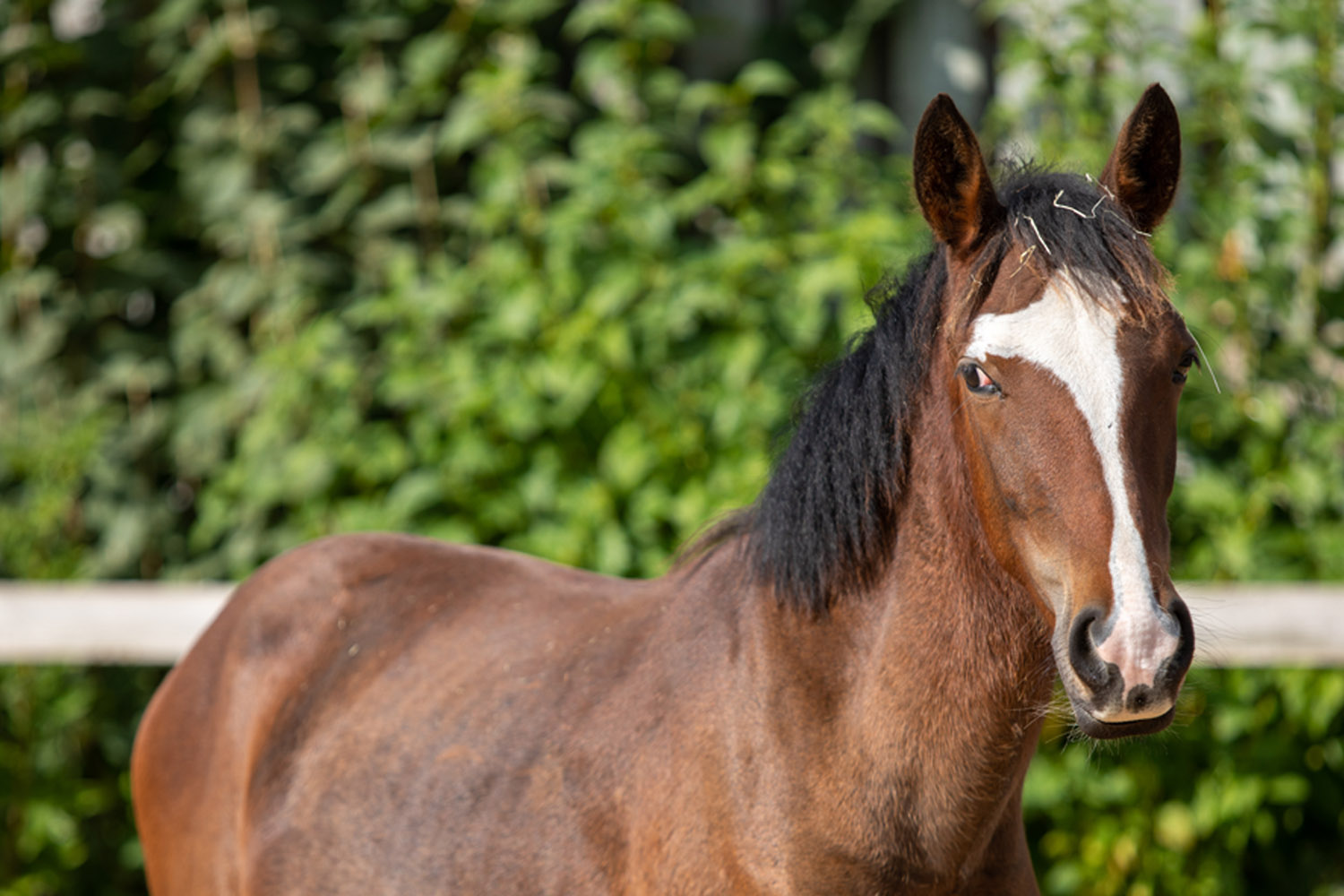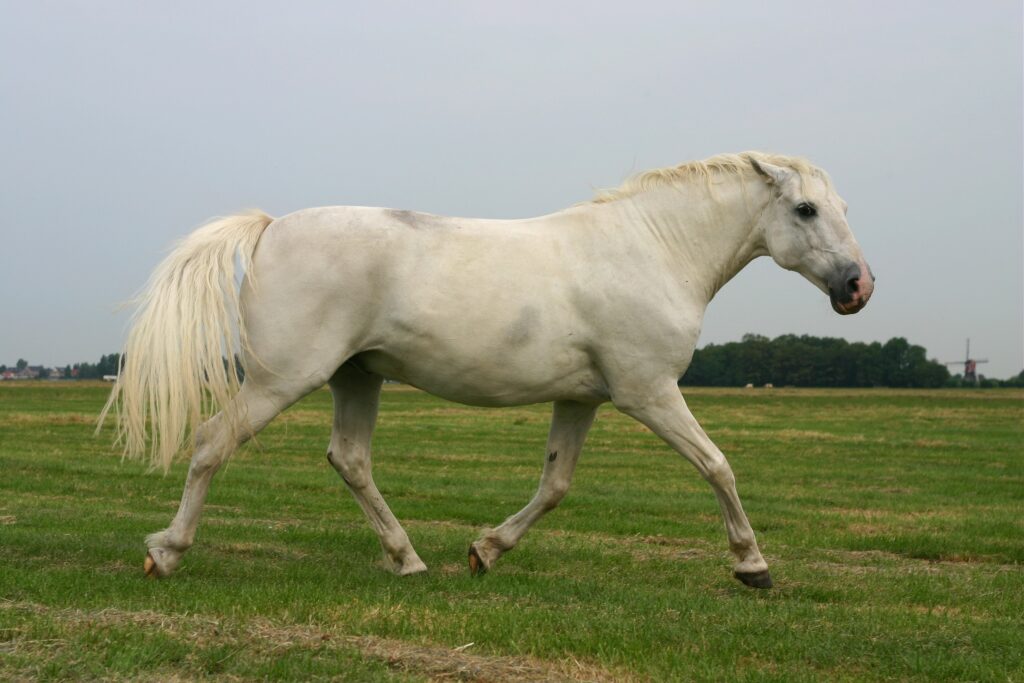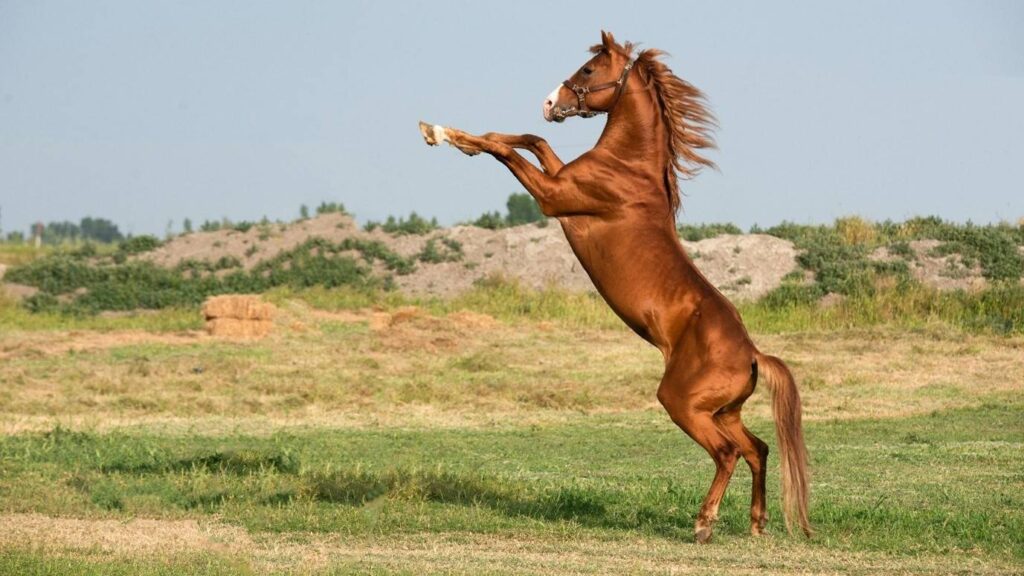When it comes to the health of horses, the type of feed they consume plays a crucial role. One particular subject of concern is feeding moldy hay to horses, which is a common query among equine enthusiasts. This article will delve into why this practice can be risky and what alternatives are available to ensure the well-being of our equine friends.
Understanding the potential hazards associated with feeding moldy hay to horses is important for all horse owners. Moldy hay can be detrimental to both the health and performance of horses due to its adverse effects.

What Makes Hay Moldy?
Hay becomes moldy when it is improperly stored in conditions that allow moisture and warmth to thrive. These conditions create an ideal environment for mold growth.
Signs of Mold in Hay
Visible mold spores, a musty smell, and changes in coloration are indicators that hay might be moldy. It’s vital to inspect hay before feeding it to horses.
Risks of Feeding Moldy Hay to Horses
The risks involved in feeding moldy hay to horses are considerable. Mold spores can affect a horses respiratory systems and potentially lead to severe allergic reactions.
Respiratory Issues
Inhalation of mold spores can cause respiratory problems in horses, such as heaves, chronic obstructive pulmonary disease (COPD), and other allergic reactions.
Digestive Problems
Beyond respiratory concerns, horses consuming moldy hay might experience colic and other digestive issues, impacting their overall health and performance.
Safe Alternatives to Moldy Hay
Understanding safe alternatives can aid horse owners in maintaining optimal horse health without compromising on nutrition.
Utilizing Fresh Hay
Fresh hay is always the best choice. Ensure that hay is stored properly to prevent spoilage.
Pelleted Horse Feed
Pelleted feeds, such as (pelleted horse feed), provide balanced nutrition without the risk of mold.
Horse Feed with Probiotics
Add horse feed with probiotics to enhance digestive health and support a robust immune system.
Steps to Prevent Moldy Hay
Prevention is key when it comes to safeguarding hay from mold. Understanding storage solutions can significantly minimize risks.
Proper Storage Conditions
Store hay in dry, well-ventilated environments to inhibit mold growth, ensuring it remains quality fodder for horses.
Regular Inspections
Regularly check stored hay for any signs of mold or spoilage. Early detection can prevent health issues in horses.
Addressing Hay Shortages
During periods when fresh hay is scarce, such as winter, horse owners need strategies to maintain nutrition without resorting to subpar feed.
Ryegrass Hay
Another option is ryegrass hay which is known for its nutritional benefits and as an alternative source of forage.
Consulting with a Veterinarian
When in doubt, consult with a veterinarian to ensure the chosen horse feed aligns with the horse’s nutritional needs and health status.
Conclusion
While feeding moldy hay to horses poses significant risks, understanding and implementing alternative feed options like fresh hay and pelleted feed ensures the health and happiness of your equine friends. By taking preventative steps and being vigilant in feed selection, you can provide a safe and nourishing diet for your horses.

Frequently Asked Questions
Can moldy hay be made safe for horses?
No, its recommended to avoid feeding moldy hay to horses as the risks outweigh the benefits.
What should I do if my horse consumes moldy hay?
Consult your veterinarian immediately to address any health concerns or symptoms that may arise.
Are there horse feeds that prevent mold growth?
Yes, certain feeds are designed to reduce mold risks, such as pelleted and probiotic-infused feeds.
This article contains affiliate links. We may earn a commission at no extra cost to you.







